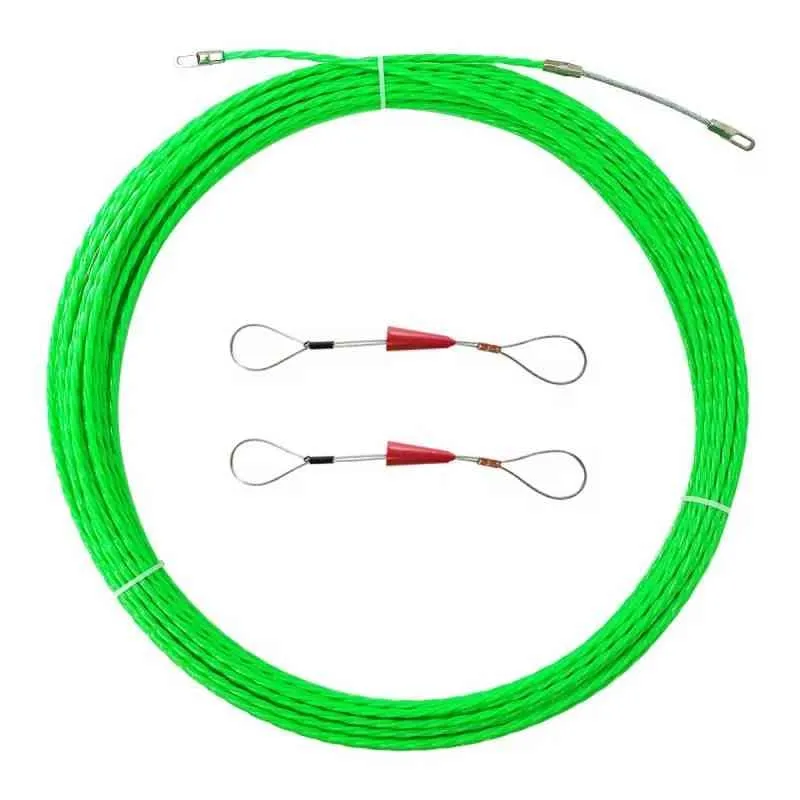
-
 Afrikaans
Afrikaans -
 Albanian
Albanian -
 Amharic
Amharic -
 Arabic
Arabic -
 Armenian
Armenian -
 Azerbaijani
Azerbaijani -
 Basque
Basque -
 Belarusian
Belarusian -
 Bengali
Bengali -
 Bosnian
Bosnian -
 Bulgarian
Bulgarian -
 Catalan
Catalan -
 Cebuano
Cebuano -
 Corsican
Corsican -
 Croatian
Croatian -
 Czech
Czech -
 Danish
Danish -
 Dutch
Dutch -
 English
English -
 Esperanto
Esperanto -
 Estonian
Estonian -
 Finnish
Finnish -
 French
French -
 Frisian
Frisian -
 Galician
Galician -
 Georgian
Georgian -
 German
German -
 Greek
Greek -
 Gujarati
Gujarati -
 Haitian Creole
Haitian Creole -
 hausa
hausa -
 hawaiian
hawaiian -
 Hebrew
Hebrew -
 Hindi
Hindi -
 Miao
Miao -
 Hungarian
Hungarian -
 Icelandic
Icelandic -
 igbo
igbo -
 Indonesian
Indonesian -
 irish
irish -
 Italian
Italian -
 Japanese
Japanese -
 Javanese
Javanese -
 Kannada
Kannada -
 kazakh
kazakh -
 Khmer
Khmer -
 Rwandese
Rwandese -
 Korean
Korean -
 Kurdish
Kurdish -
 Kyrgyz
Kyrgyz -
 Lao
Lao -
 Latin
Latin -
 Latvian
Latvian -
 Lithuanian
Lithuanian -
 Luxembourgish
Luxembourgish -
 Macedonian
Macedonian -
 Malgashi
Malgashi -
 Malay
Malay -
 Malayalam
Malayalam -
 Maltese
Maltese -
 Maori
Maori -
 Marathi
Marathi -
 Mongolian
Mongolian -
 Myanmar
Myanmar -
 Nepali
Nepali -
 Norwegian
Norwegian -
 Norwegian
Norwegian -
 Occitan
Occitan -
 Pashto
Pashto -
 Persian
Persian -
 Polish
Polish -
 Portuguese
Portuguese -
 Punjabi
Punjabi -
 Romanian
Romanian -
 Russian
Russian -
 Samoan
Samoan -
 Scottish Gaelic
Scottish Gaelic -
 Serbian
Serbian -
 Sesotho
Sesotho -
 Shona
Shona -
 Sindhi
Sindhi -
 Sinhala
Sinhala -
 Slovak
Slovak -
 Slovenian
Slovenian -
 Somali
Somali -
 Spanish
Spanish -
 Sundanese
Sundanese -
 Swahili
Swahili -
 Swedish
Swedish -
 Tagalog
Tagalog -
 Tajik
Tajik -
 Tamil
Tamil -
 Tatar
Tatar -
 Telugu
Telugu -
 Thai
Thai -
 Turkish
Turkish -
 Turkmen
Turkmen -
 Ukrainian
Ukrainian -
 Urdu
Urdu -
 Uighur
Uighur -
 Uzbek
Uzbek -
 Vietnamese
Vietnamese -
 Welsh
Welsh -
 Bantu
Bantu -
 Yiddish
Yiddish -
 Yoruba
Yoruba -
 Zulu
Zulu


nov . 06, 2024 05:10 Back to list
measuring wheel accuracy
Measuring Wheel Accuracy Ensuring Precision in Measurement
Measuring wheels, also known as surveyor's wheels or distance measurers, are essential tools in various fields such as construction, landscaping, and surveying. Their primary function is to measure distances accurately. However, the accuracy of a measuring wheel can vary significantly based on several factors, which is crucial to understand for anyone relying on this tool for precise measurements.
Measuring Wheel Accuracy Ensuring Precision in Measurement
Another significant factor influencing measuring wheel accuracy is the technique employed during measurement. Users must ensure that the wheel rolls in a straight line without any interruptions. Erroneous measurements often occur from turning corners or navigating tight spaces, which can lead to inaccurate readings. It is advisable to maintain a steady pace while using the wheel; too fast or too slow a speed can result in discrepancies. For the best accuracy, users should also avoid pushing the wheel backwards.
measuring wheel accuracy

Environmental factors also play a crucial role in the accuracy of measuring wheels. For instance, measuring over soft ground can yield inaccurate results, as the wheel might sink into the surface, resulting in a measurement that is shorter than the actual distance. Conversely, if the surface is too hard or uneven, it may cause the wheel to skip, which can also lead to errors. Therefore, it is essential to choose the right conditions for measuring, or at least be aware of them when recording measurements.
Before relying solely on the results from a measuring wheel, it is advisable to cross-check measurements with other methods. For example, using a tape measure in conjunction with a measuring wheel can help verify the distance. Additionally, technology has advanced to provide laser distance measurers that can offer even greater precision, especially for longer distances.
In conclusion, while measuring wheels are practical tools for distance measurement, users must be aware of various factors that can influence their accuracy. By ensuring proper calibration, using correct techniques, and considering environmental conditions, individuals can enhance the precision of their measurements. Balancing traditional methods with modern technology can further improve reliability, making measuring wheels a valuable asset in various professional fields. Ultimately, taking these steps can lead to more reliable outcomes, ensuring projects are executed efficiently and effectively.
Latest news
What Are Construction Tools and How Are They Used?
NewsJul.11,2025
Professional-Grade Duct Rodding Tools for Superior Cable Installation
NewsJul.11,2025
Enhancing Safety and Efficiency with Modern Hot Stick Solutions
NewsJul.11,2025
Empowering Cable Installation with Advanced Rodder Solutions
NewsJul.11,2025
Elevate Your Cable Installation Projects with Cable Pulling Tools
NewsJul.11,2025
Efficient Cable Handling Solutions: Cable Rollers for Sale
NewsJul.11,2025











